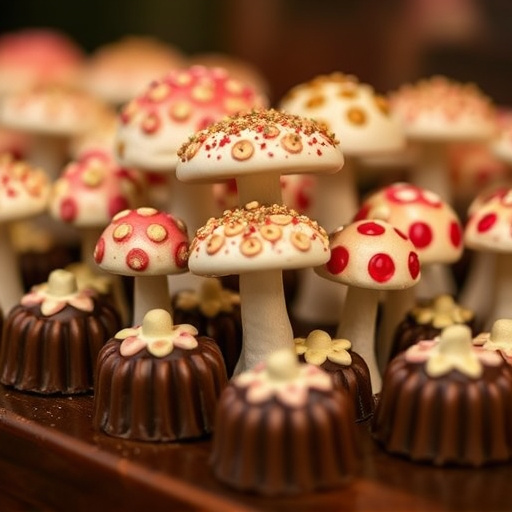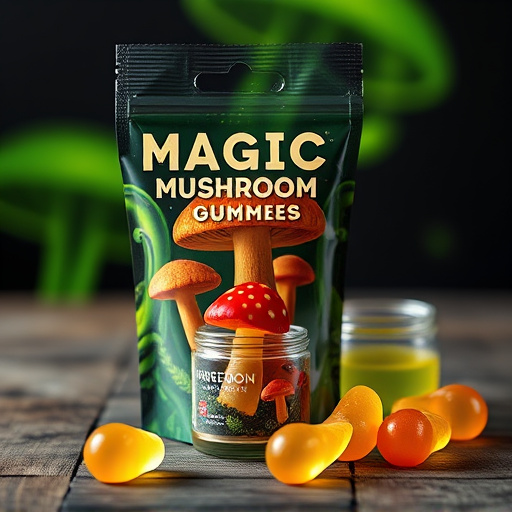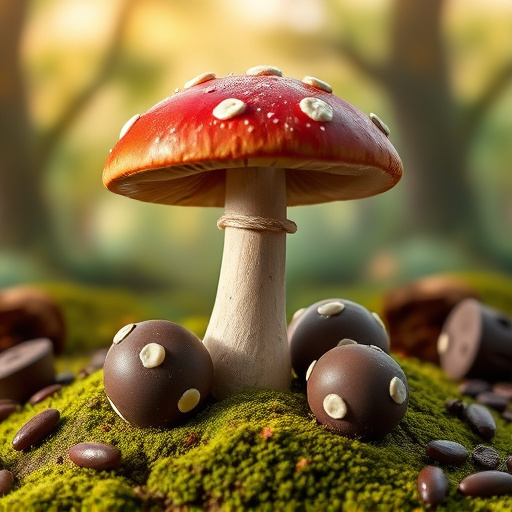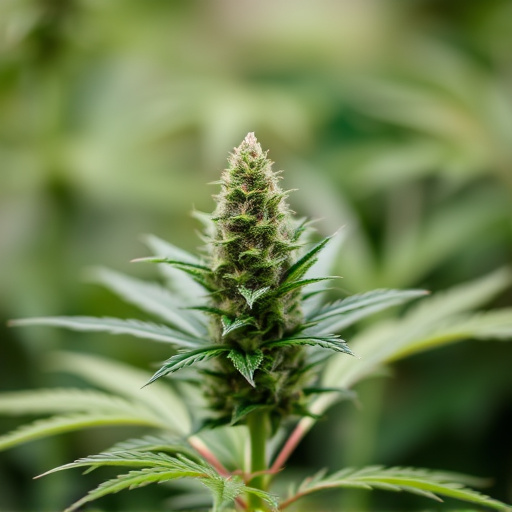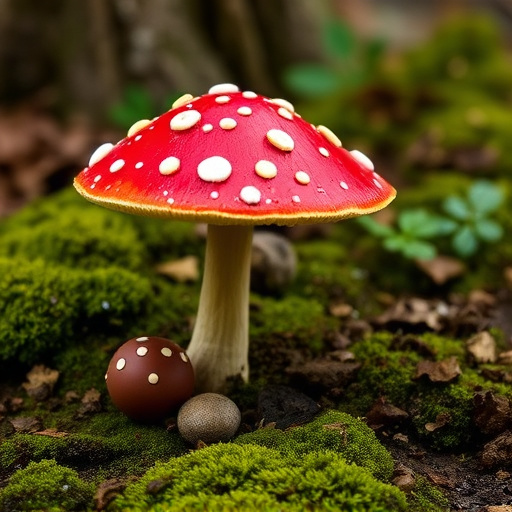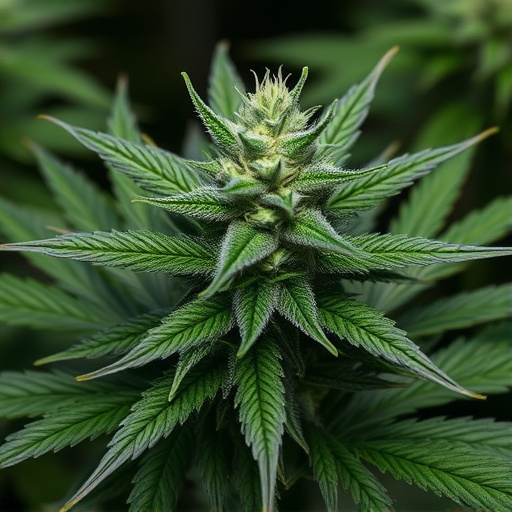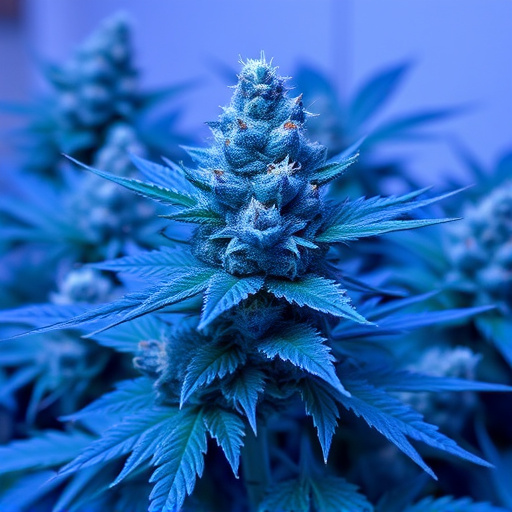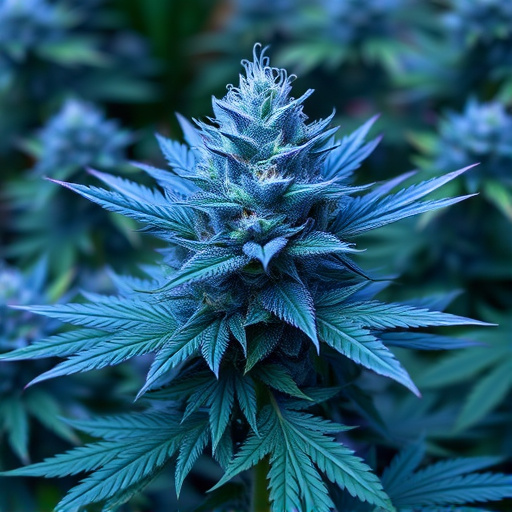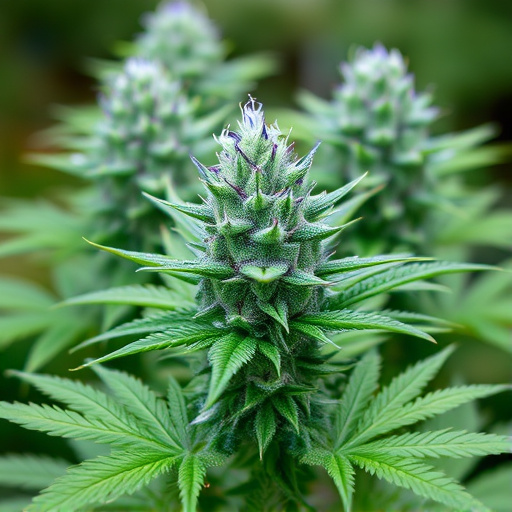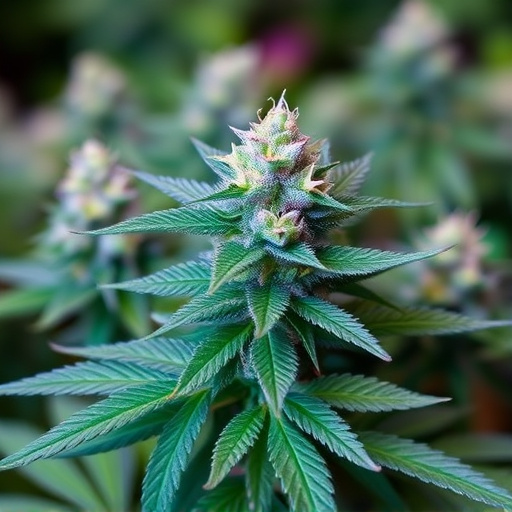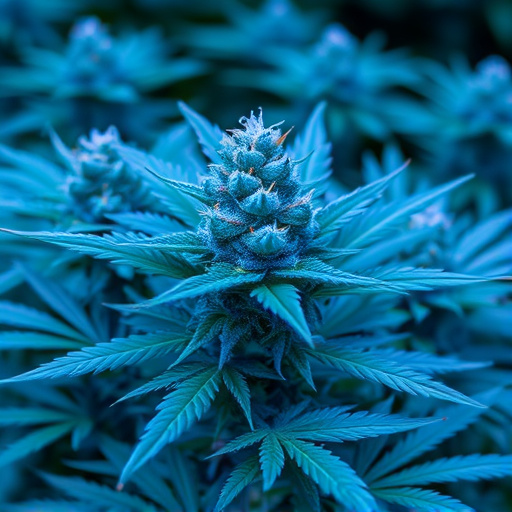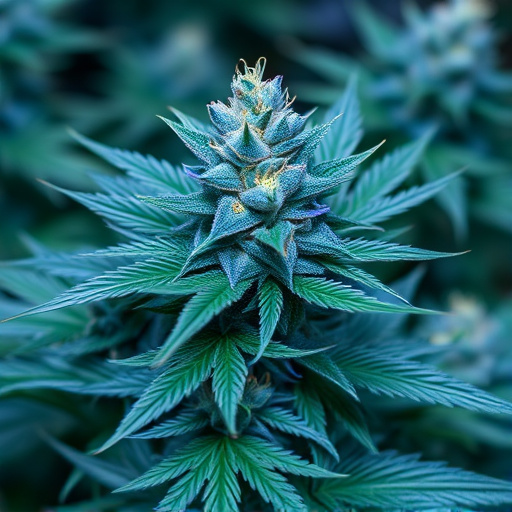Blue marijuana strains gain popularity due to their distinct terpene profiles, which significantly impact scent and effects. Compounds like myrcene, limonene, and linalool contribute to calming, relaxing, and diverse sensory experiences. Understanding these aromatic components enables users to personalize their cannabis journey, making blue strains valuable for specific therapeutic benefits.
Discover the captivating world of terpenes and their profound impact on cannabis experiences, especially within the context of distinctive blue marijuana strains. This article unravels the aromatic compounds that not only shape the scent and flavor profiles but also play a pivotal role in the psychoactive effects. Explore how specific terpenes contribute to the unique characteristics of blue marijuana strains, offering a more nuanced understanding of this popular variety.
- Understanding Terpenes: The Aromatic Compounds in Cannabis
- The Role of Terpenes in Blue Marijuana Strains
- How Terpenes Influence the Psychoactive Experience of Blue Marijuana
Understanding Terpenes: The Aromatic Compounds in Cannabis
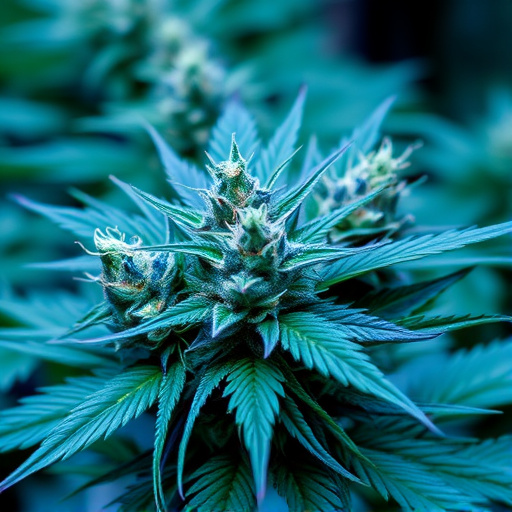
Terpenes, often referred to as aromatic compounds, are a diverse group of chemicals responsible for the unique scents and flavors associated with cannabis. These compounds aren’t just about smell; they play a significant role in shaping the effects users experience when consuming marijuana. Each terpene has its own set of properties, contributing to specific mental and physical sensations. For instance, myrcene is known for its earthy scent and potential relaxing effects, while limonene offers a citrusy aroma and may induce feelings of happiness and focus.
In the context of blue marijuana strains, certain terpenes become particularly interesting. These strains often boast elevated levels of terpene profiles like caryophyllene, known for its anti-inflammatory properties, and terpinolene, which has relaxing and sedative effects. Understanding these aromatic compounds is crucial in navigating the complex world of cannabis consumption, as they can enhance or alter the overall experience, making it more enjoyable and tailored to individual preferences.
The Role of Terpenes in Blue Marijuana Strains

Blue marijuana strains, known for their distinctive hue and unique chemical composition, owe much of their distinct effects to terpenes. These aromatic compounds, found in various plants, play a crucial role in shaping the sensory experience of cannabis. In blue strains, specific terpenes like myrcene, limonene, and linalool contribute to the characteristic calming and relaxing sensations associated with these varieties. Myrcene, with its earthy and musky notes, is often linked to inducement of sleepiness and pain relief. Limonene, on the other hand, offers a citrusy aroma and uplifting effects, while linalool provides a lavender-like scent known for its calming properties.
The interaction between terpenes and cannabinoids, especially THC and CBD, is what truly sets blue marijuana strains apart. Terpenes can modulate the potency and duration of cannabis’ effects. For instance, myrcene’s sedative qualities may enhance the relaxing effects of THC, while limonene’s uplifting nature can balance out the potential anxiety-inducing effects of higher THC concentrations. This complex interplay results in a tailored experience for consumers, making blue strains popular choices for those seeking specific therapeutic benefits.
How Terpenes Influence the Psychoactive Experience of Blue Marijuana
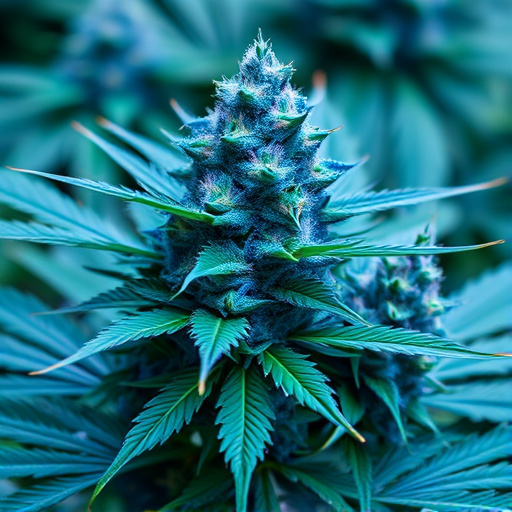
Blue marijuana strains are renowned for their unique and potent effects, which can be largely attributed to the presence of specific terpenes. Terpenes, aromatic compounds produced by cannabis plants, play a significant role in shaping the overall experience of consuming blue marijuana. These volatile oils not only contribute to the distinct scent and flavor profiles of different strains but also interact with the cannabinoid receptor system in our bodies.
The psychoactive experience of blue marijuana can range from uplifting and energizing to calming and relaxing, depending on the specific terpene composition. For instance, myrcene, a common terpene found in many blue strains, is known for its sedative and muscle-relaxant properties, making it ideal for evening use or managing sleep disorders. On the other hand, limonene, with its citrusy aroma, is linked to feelings of happiness and focus, providing a more invigorating and uplifting high. Thus, understanding the terpene profile of blue marijuana strains can help users anticipate and customize their cannabis experience accordingly.
Terpenes, the aromatic compounds in cannabis, play a significant role in shaping the unique effects of blue marijuana strains. By understanding how these compounds interact with cannabinoids, we can better appreciate the diverse experiences offered by different varieties, particularly those known for their distinctive blue hues. This knowledge highlights the complex interplay between terpenes and psychoactive properties, enriching our appreciation of blue marijuana’s potential therapeutic benefits and enhancing our overall cannabis journey.
